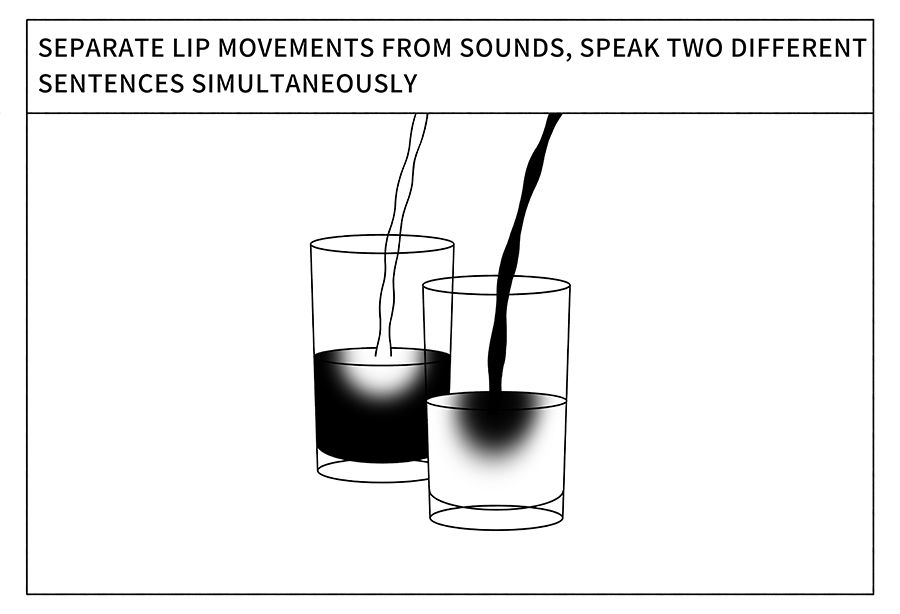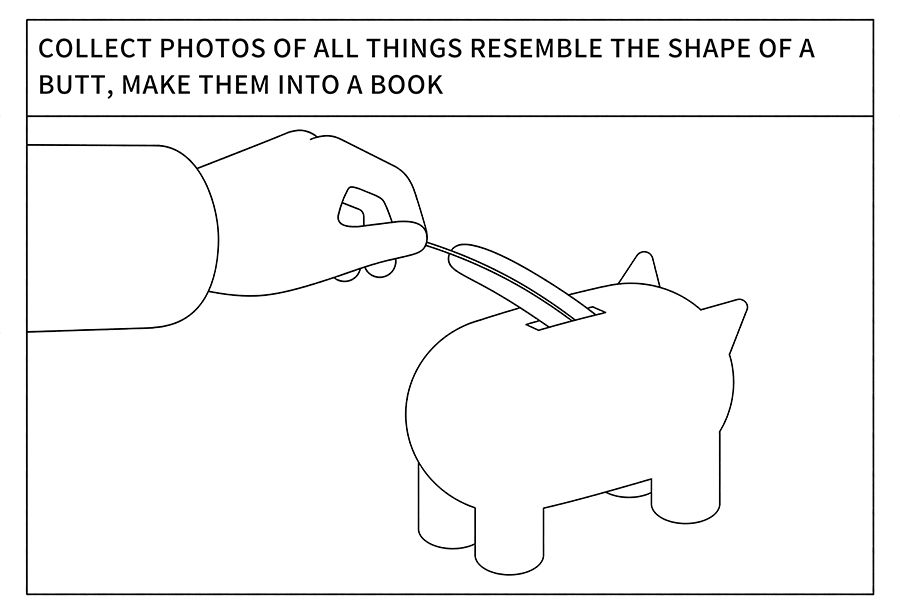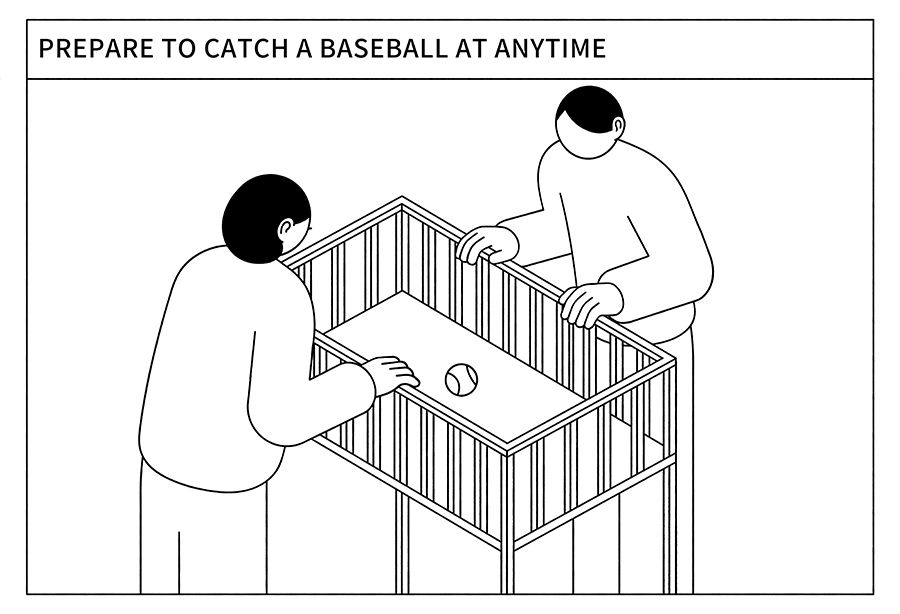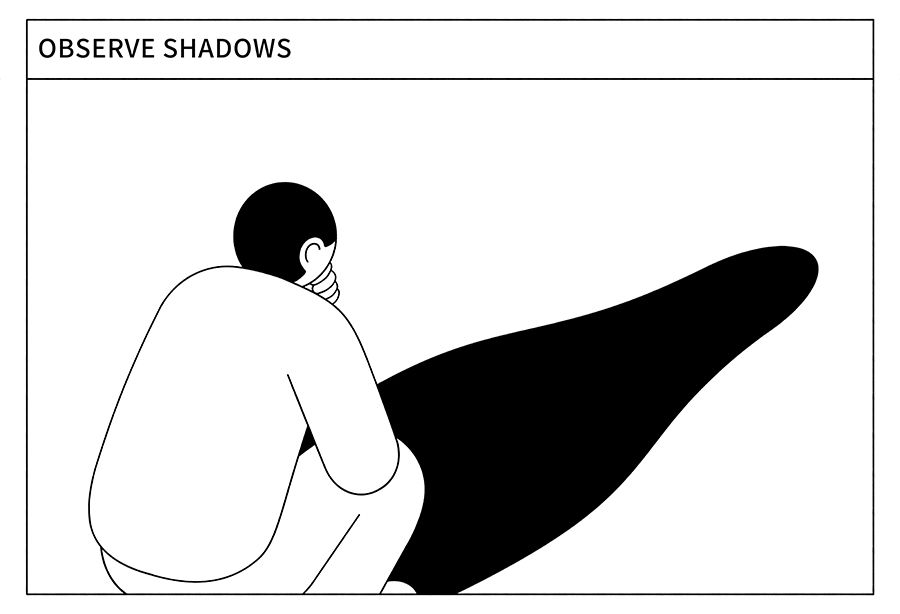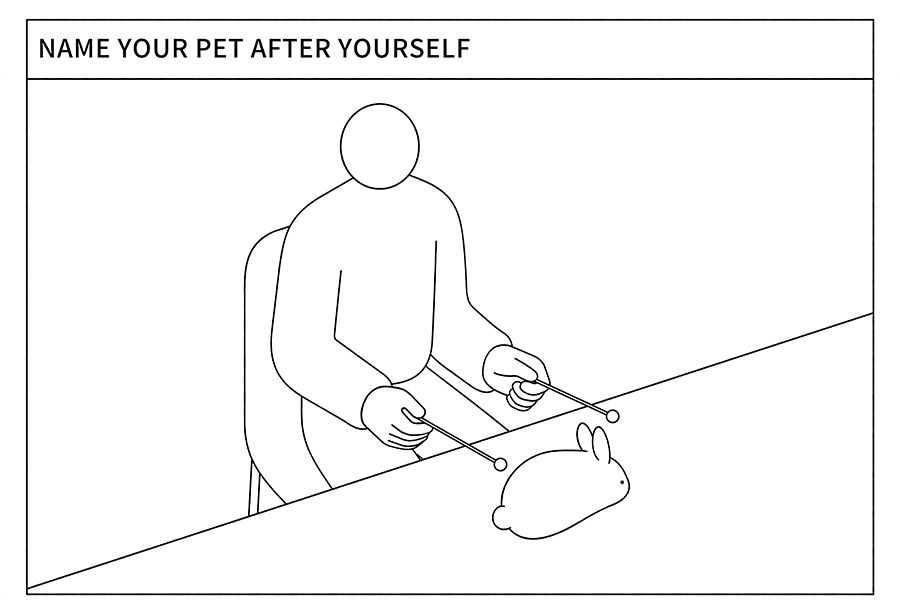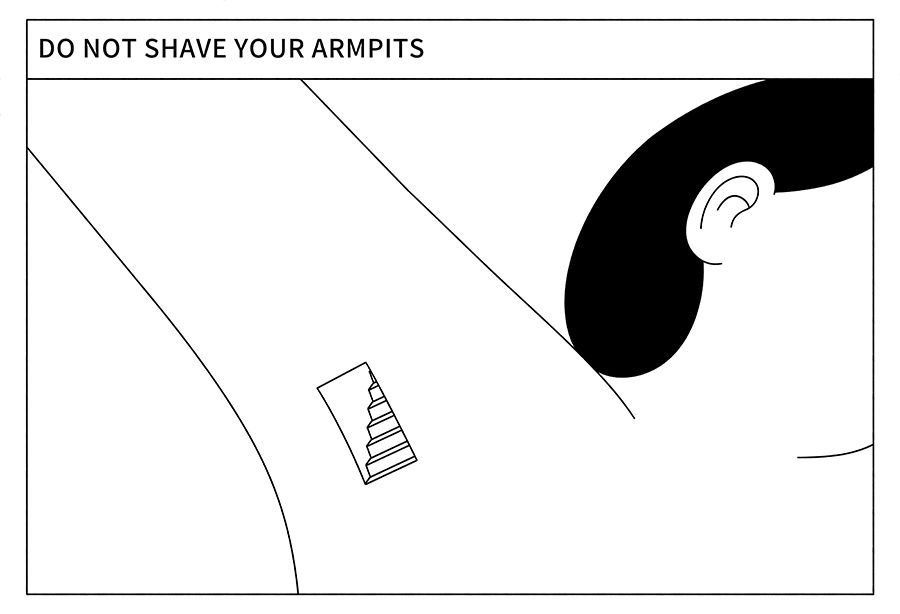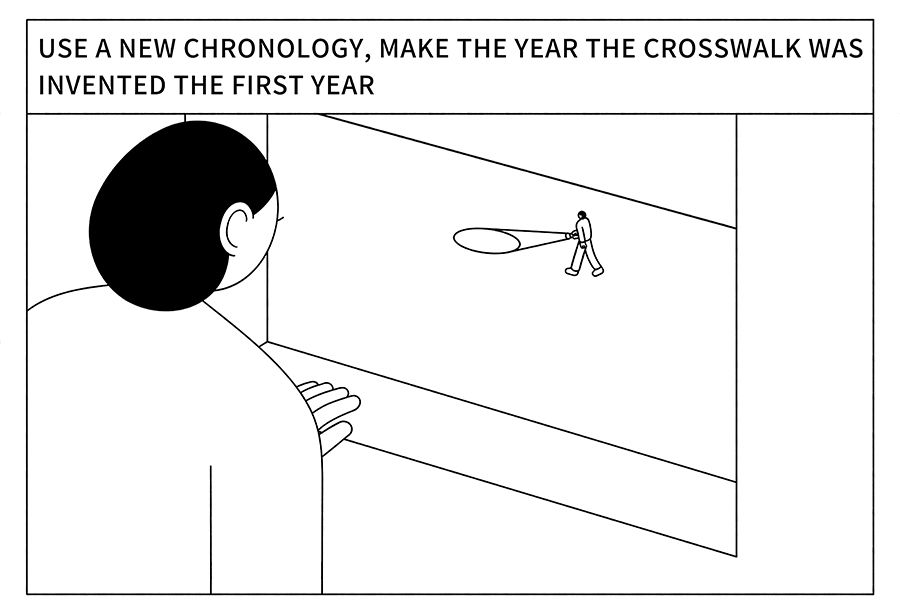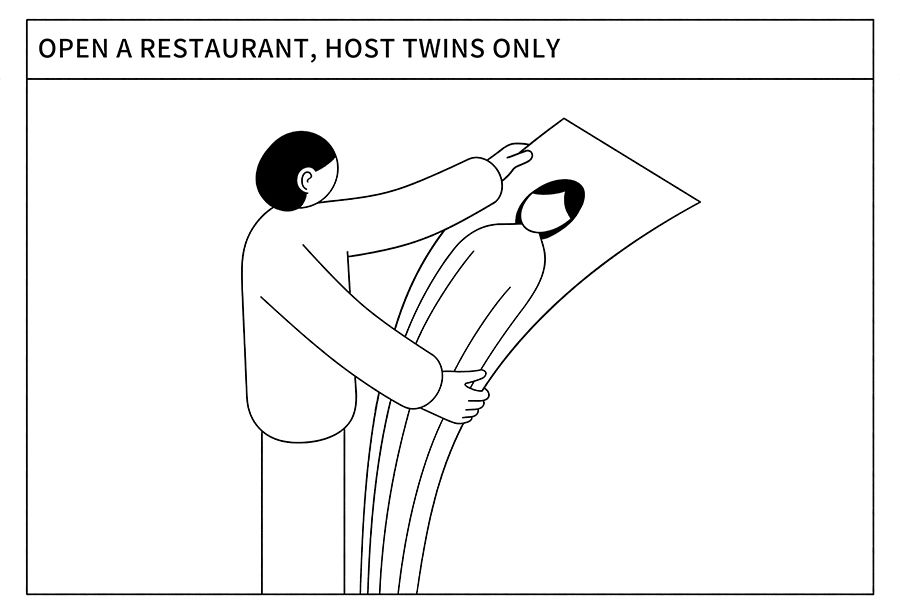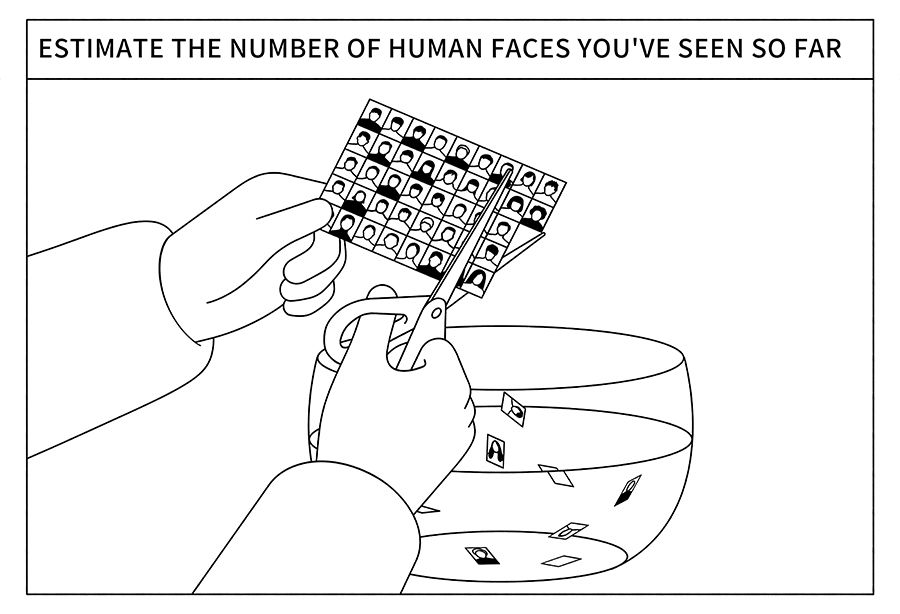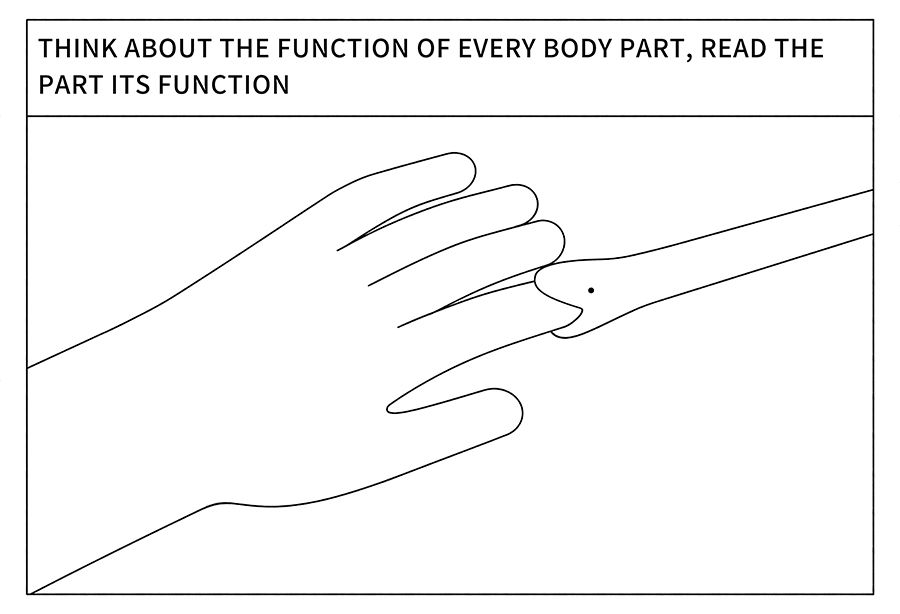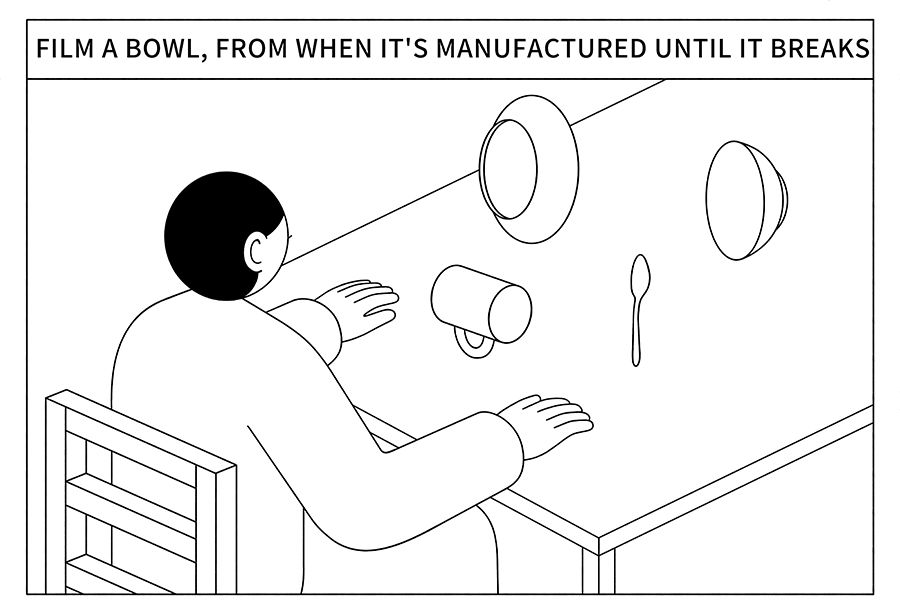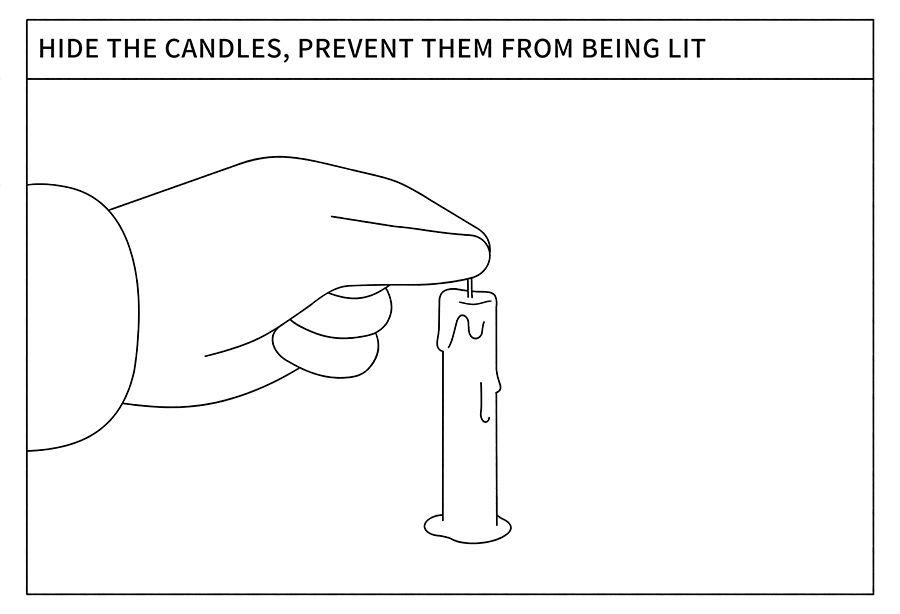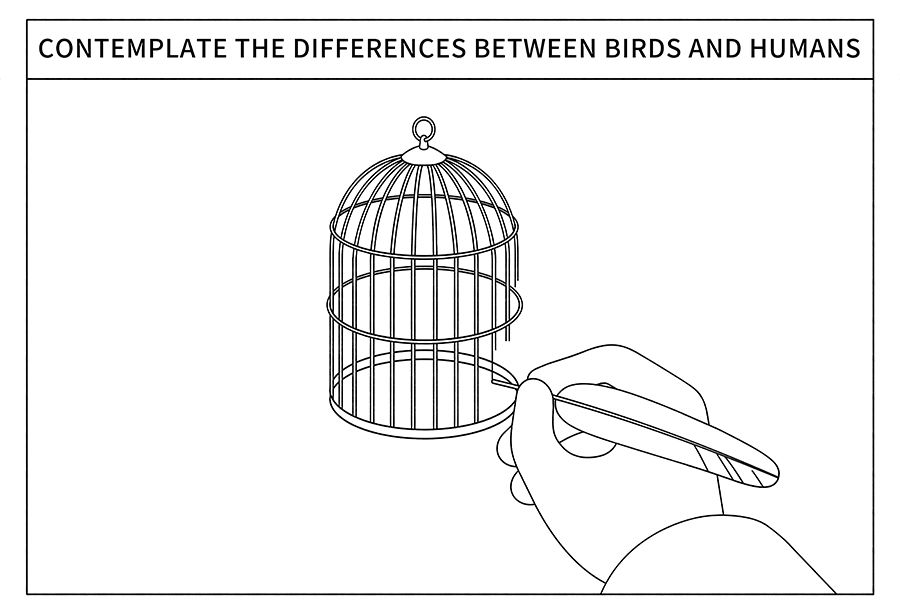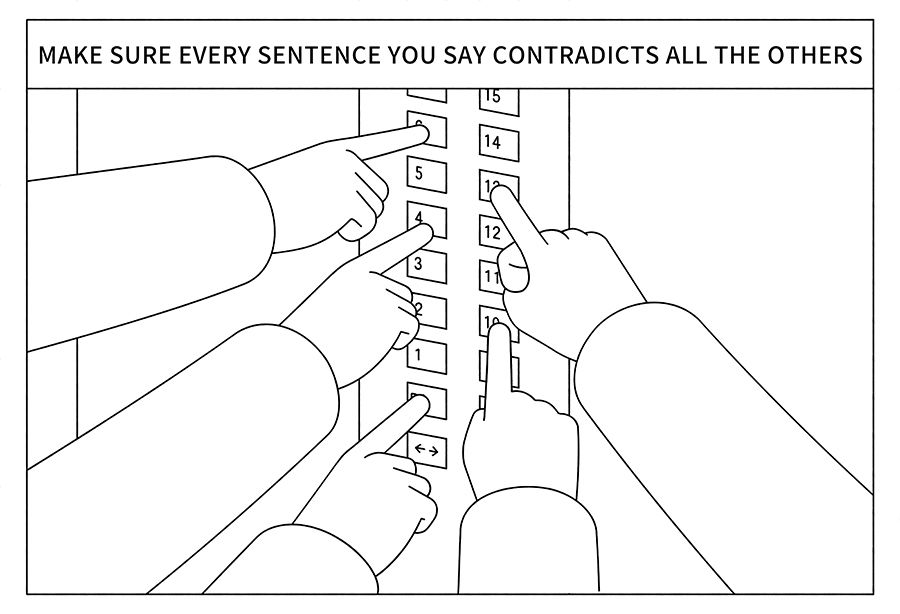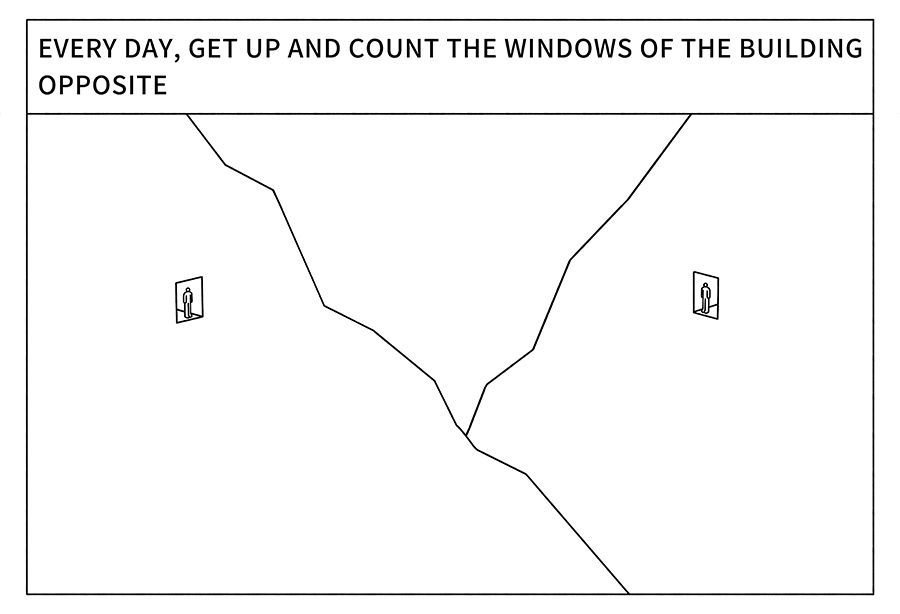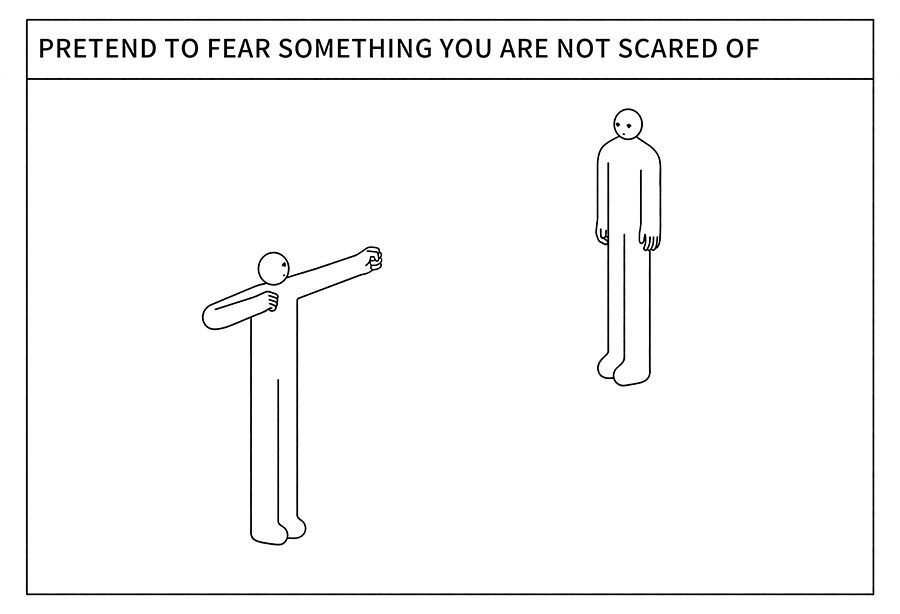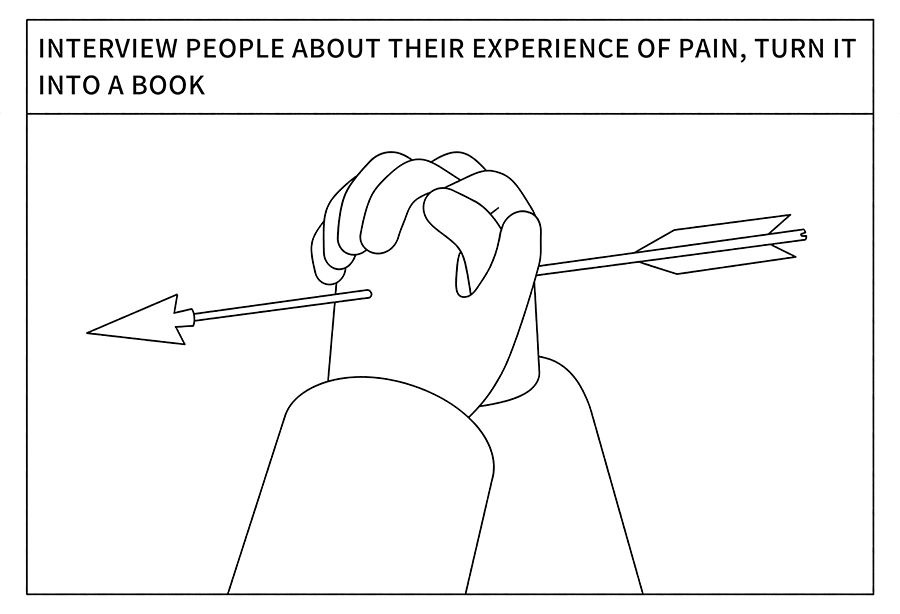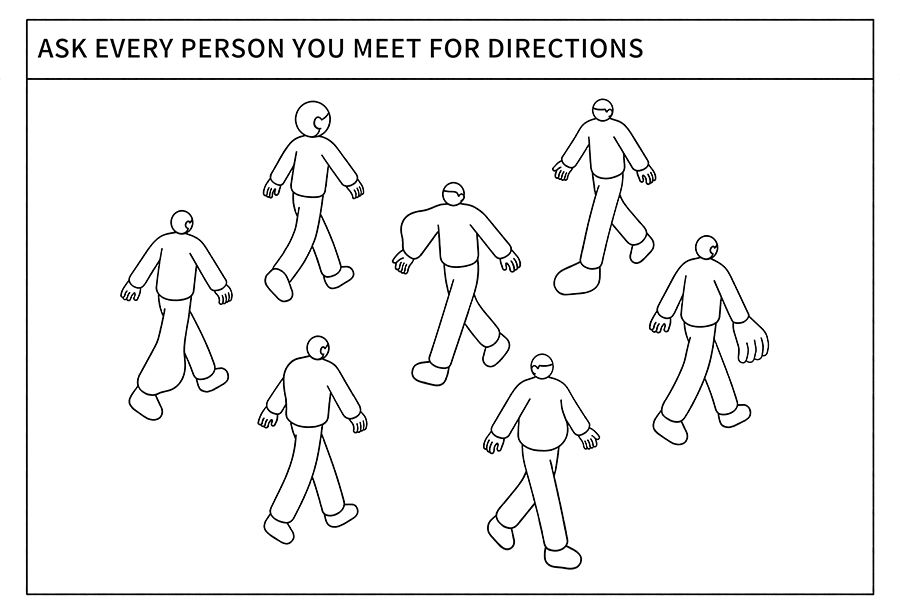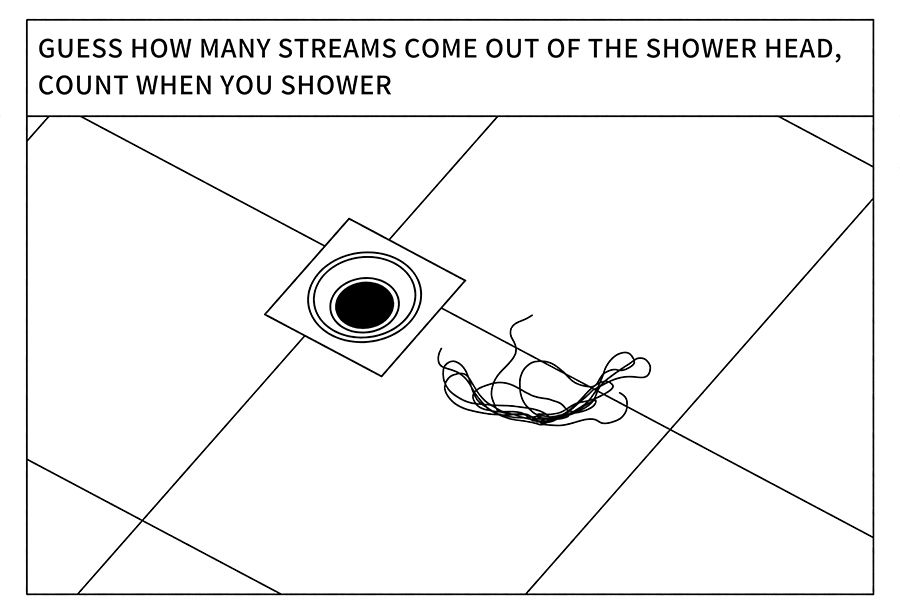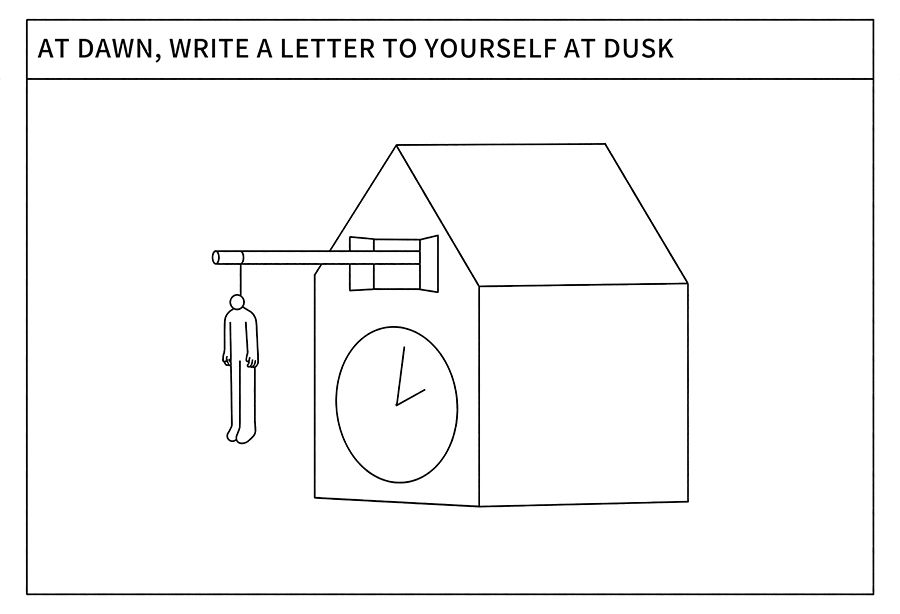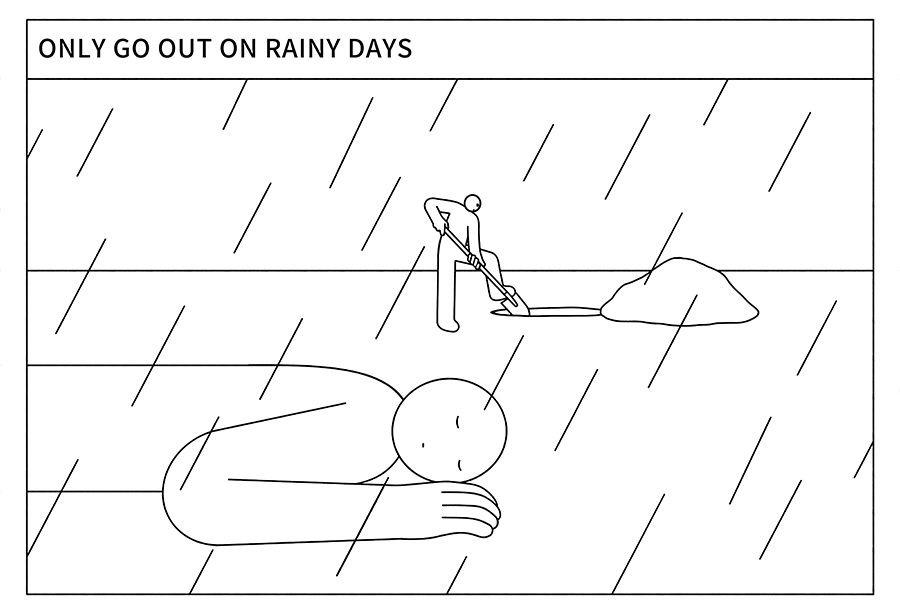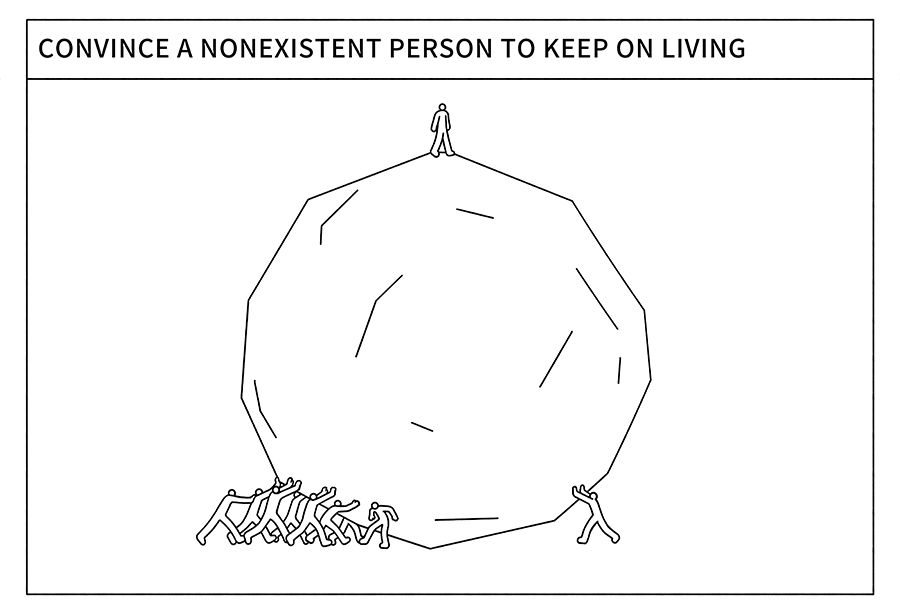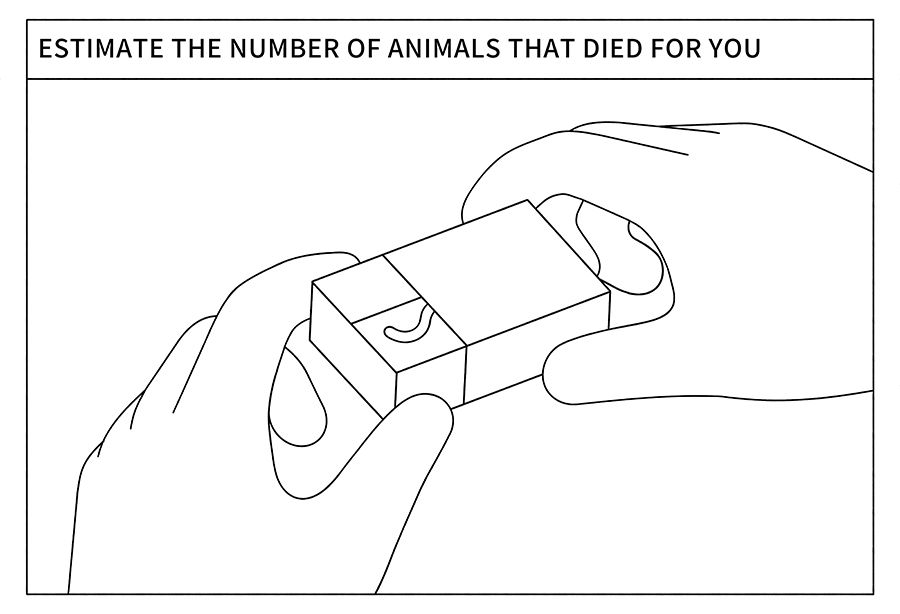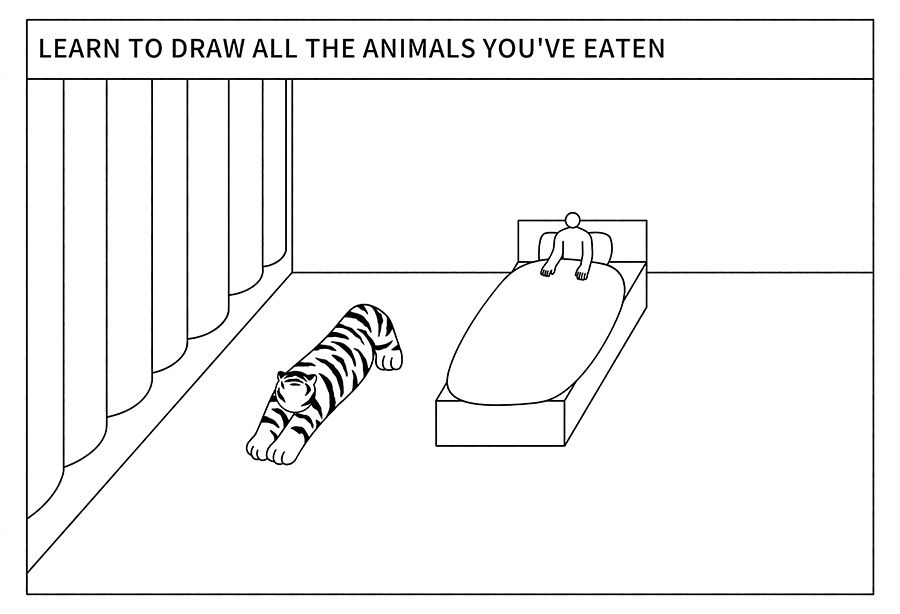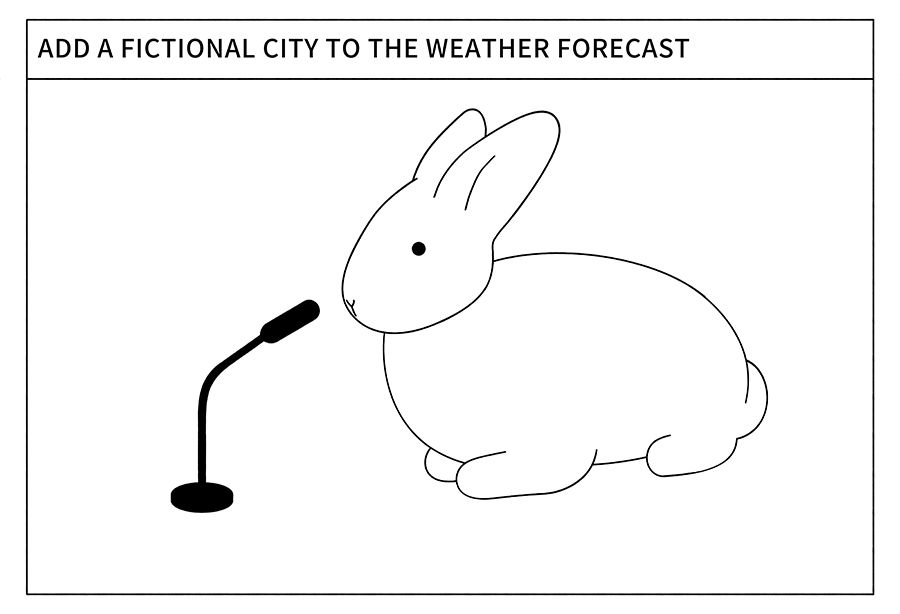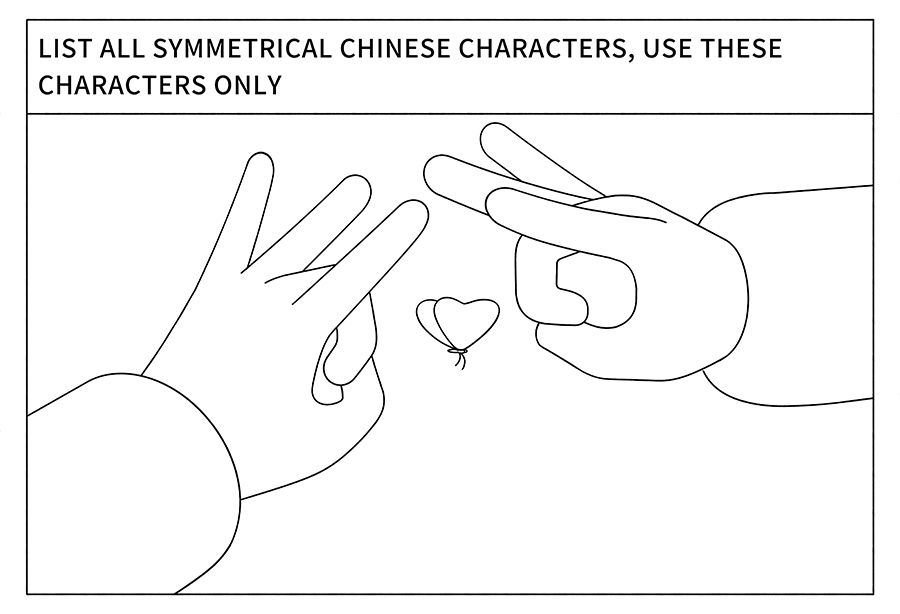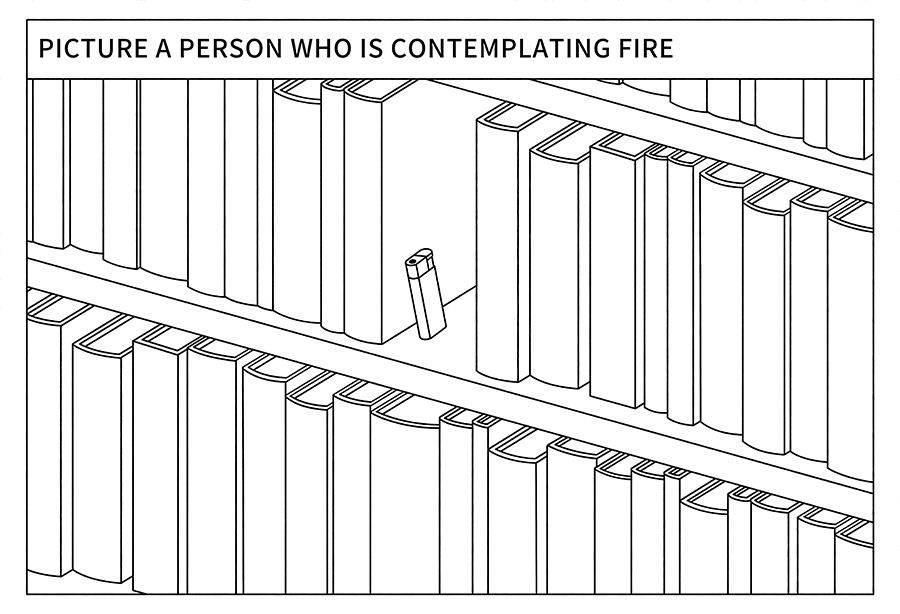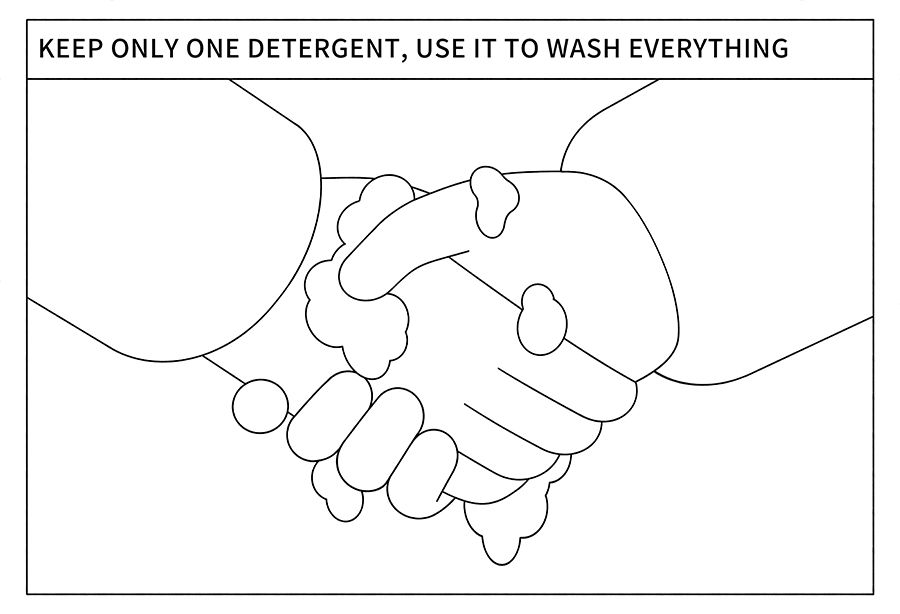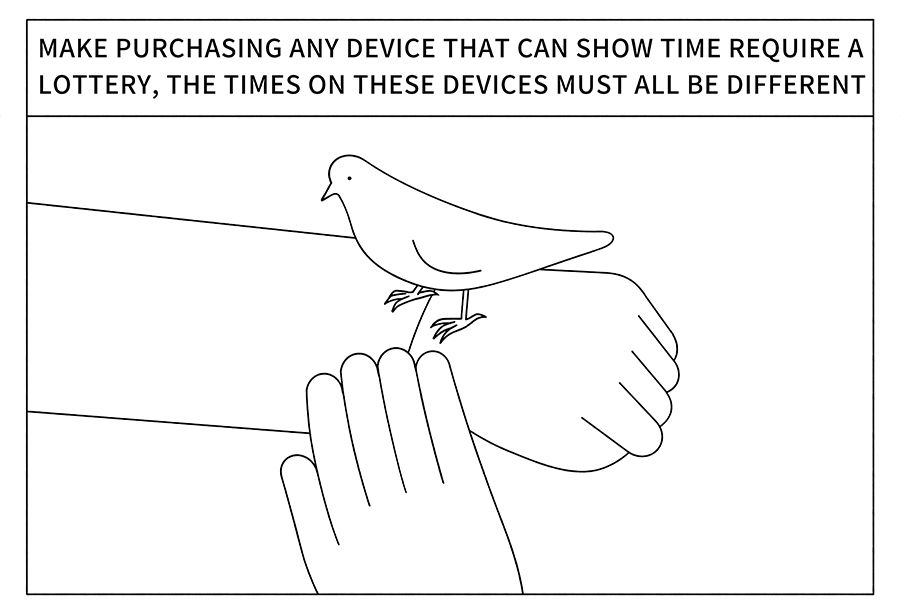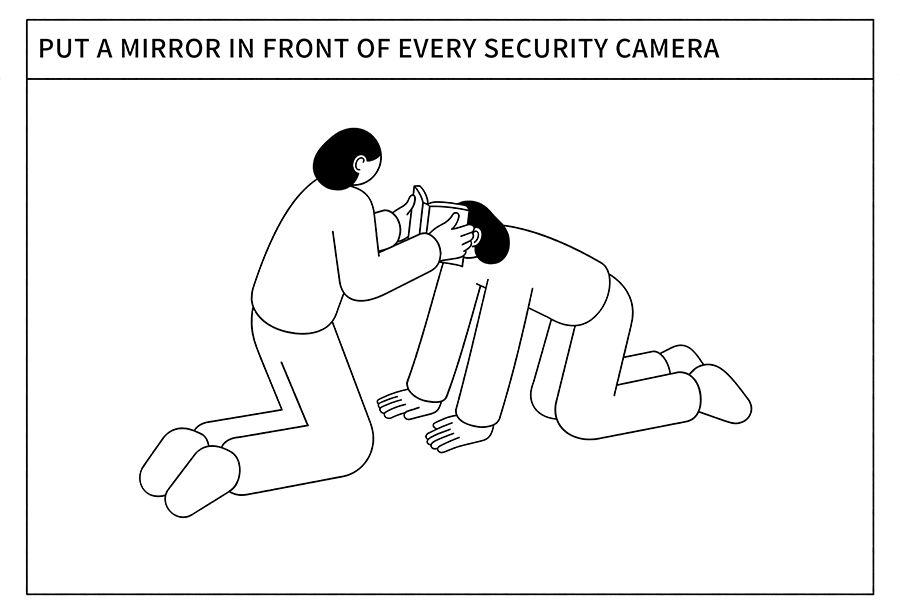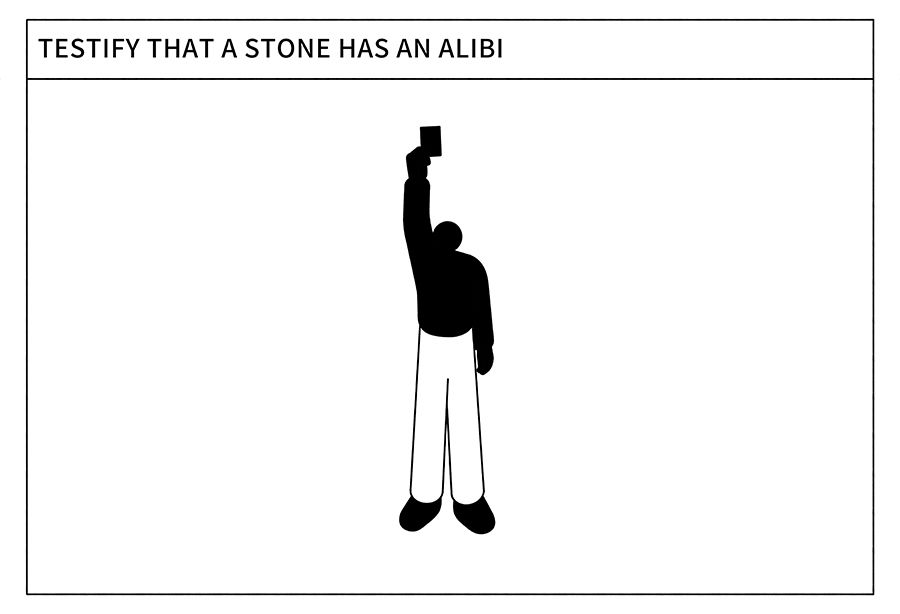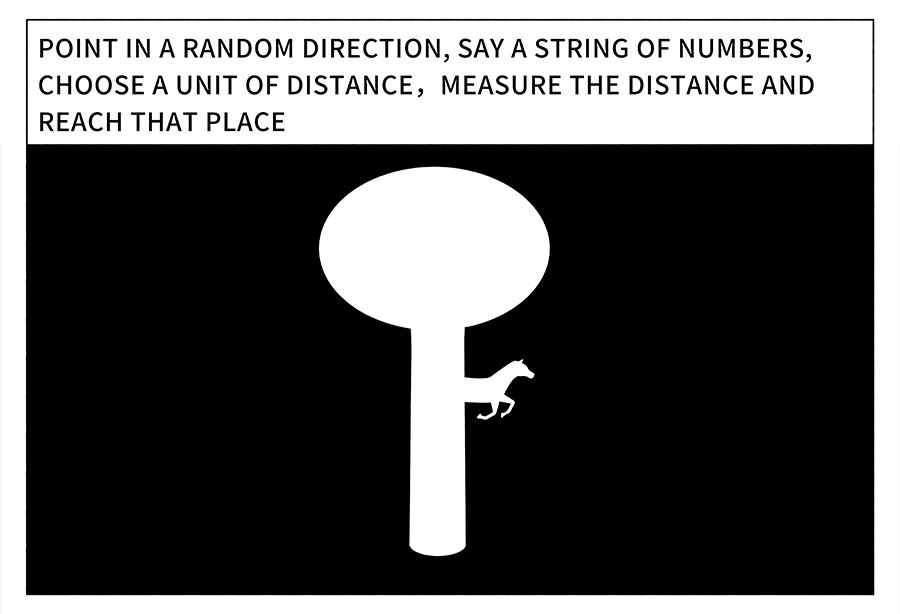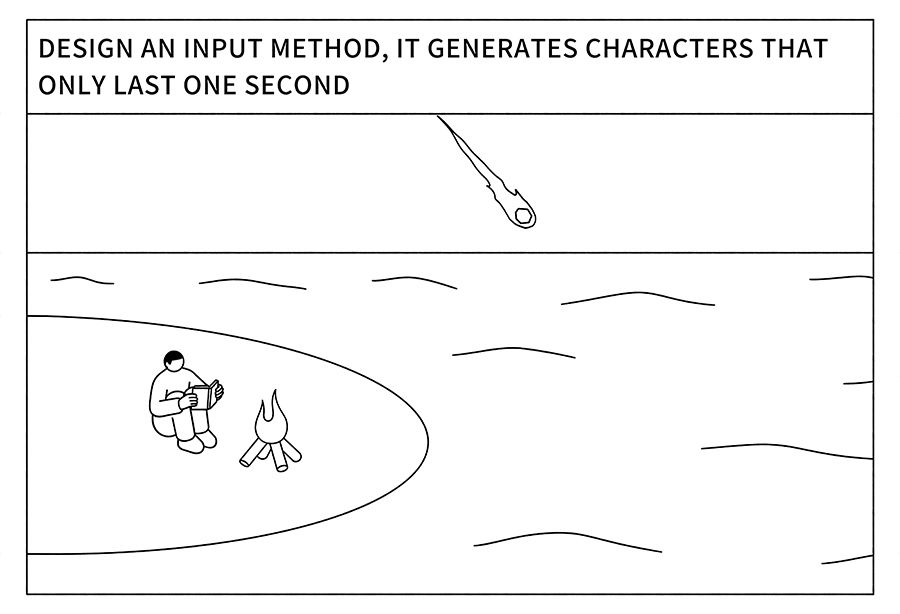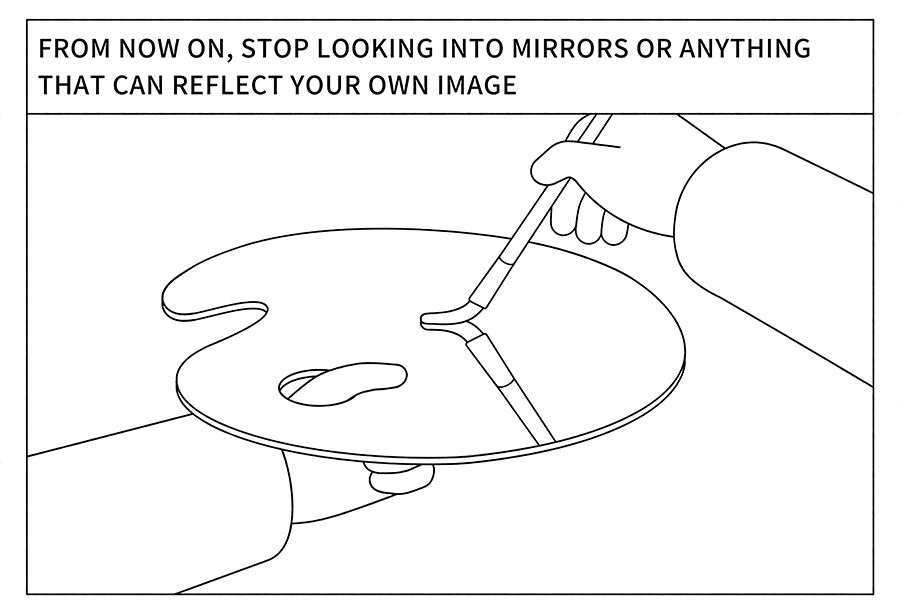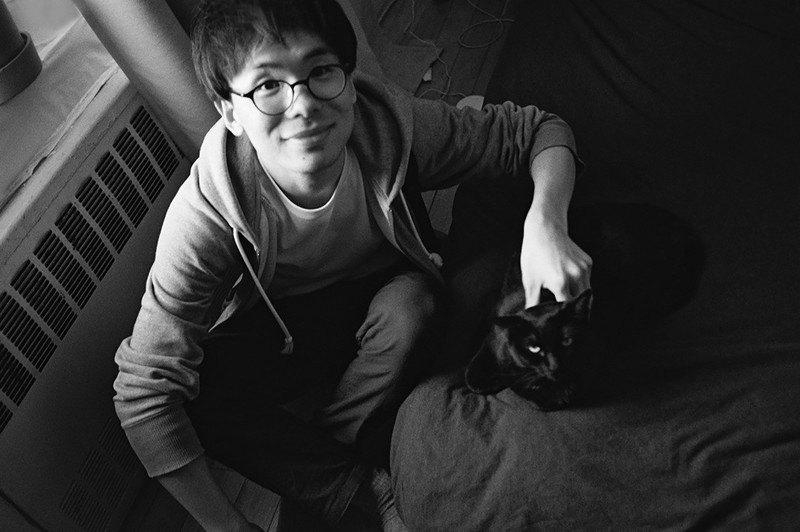
Illustration exhibition of Woshibai (China)
December, 3—31, 2022 / Georgia, Tbilisi, Simon Janashia st., 22-26, Auditoria Booksbar
Woshibai (我是白) is an illustrator and cartoonist based in Shanghai. Working entirely in monochrome, Woshibai’s illustrations are minimalistic yet focused. Bouncing between single and multiple frames, he is able to build narratives with impressive ease. He works for clients such as The New Yorker, Bloomberg Businessweek or Apple. In 2017, he began to create comics, at present, he has published books “20KM/H” (Belgium) “Game” (China) “Migraine” “Closet” (USA).
@woshibaii
Born and raised in Shanghai, where he currently resides, artist Woshibai illustrates amusing scenes that, though clearly imaginary and surreal, are often relatable in their tone. Featuring a host of simply drawn figures, his characters frequently find themselves in frustrating, confusing or ridiculous situations that play on notions of mundanity and reverie.
Working entirely in monochrome, Woshibai’s illustrations are minimalistic yet focused. Bouncing between single and multiple frames, he is able to build narrative with impressive ease. The latter resembling comic strip format, Woshibai says this style was a later development in his practice: “I studied industrial design in college, however, I didn’t like my major and often cut class to draw pictures in the dormitory and then publish them on the internet,” he explains. “After a while, editors and art directors of magazines contacted me to draw some illustrations for them, including a comic, which led to the realisation that it was a very suitable medium for my expression.”
Equally inspired by the comics industry in China and renowned anthologies such as Special Comix, as well as other creators like Yancong and Ganmu, Woshibai made it his sole creative pursuit. Always carrying a few pieces of A4 paper and a pen with him while he’s out, he frequently documents his ideas. “A picture, a sentence in a book or a scene I see on the road are all likely to attract my attention and lead me to a place I’d like to go,” he explains. Later, after returning home, he will begin with fragmentary sketches. “Once I’ve accumulated enough, I pick out the best ones and they become the work you see.”
Drawing primarily using a painting software called Sai2, Woshibai’s illustrations boast refined linework and aesthetic consistency. Reoccurring elements such as his spherical-headed, wide-eyed protagonist, and his cap-wearing male character, create for the viewer a visual reference point that allows them to relate to each drawing; it’s as though, as we follow their adventures, we get to know these anonymous figures. Ceaselessly jumping from one illustration to the next and witnessing their trials and tribulations, their mishaps and musings, though short-lived, become increasingly entertaining. Saying so much with so little is certainly part of Woshibai’s charm.
(Text by Milroy Maher, itsnicethat.com)
Alexander Vasin: The graphic language of your work is very concise. Are you specifically aiming to reduce the number of lines in your works?
Woshibai: My drawing style is relatively simple, which is the result of practice and experiment. I find myself leaning toward the simple language of graphic, I have no urge to depict texture, color and complex images. A picture without superfluous information seems to be suitable for expressing my thoughts.
AV: How do you work — on a computer or on paper?
W: I usually sketch on paper and then use the computer to finish the final work.
AV: How many sketches do you make for your illustrations?
W: I usually do a lot of sketches, and probably 90% of them are never used.
AV: Is the life of your characters similar to your life?
W: I don't think so, I'm a person who lives in real life, and many of my comics are surreal pantomime. However, I also draw some comics similar to diaries, and those contents have a strong connection with my real life.
AV: What artists inspire you?
W: Abbas Kiarostami' poems, Yoko Ono's Book of Instructions, Chinese novelist Zhu Yue, and Chinese cartoonists yancong and ganmu, etc.
AV: Please, tell us a little about Instructions project
W: A friend of mine gave me a Yoko Ono instruction book a few years ago and I love it. But I didn't intend to do anything like that at the time. Until one day I read Russell's "The Problems of Philosophy", many such instructions appeared in my mind in the next few days, and I tried to implement these ideas in the form of a combination of pictures and texts. It was a lot of fun for me to ring these imperative sentences and match them with images. This is a suitable format that I found in that stage to output some of my ideas.
